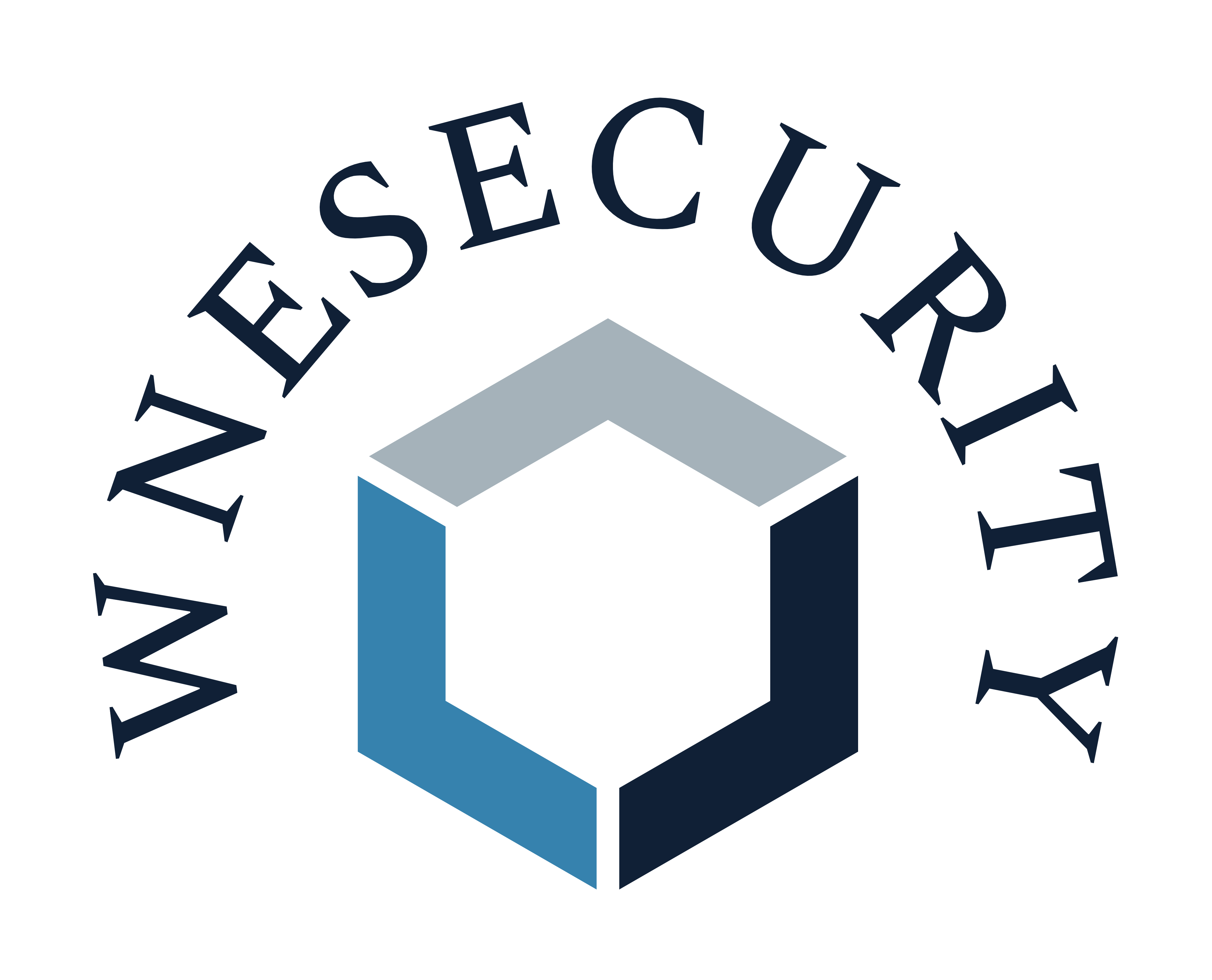WNE Security News
Read more about “Validation vs Sanitization: Key Differences and How WNE Security Can Help Secure Your Systems” and the most important cybersecurity news to stay up to date with
Validation vs Sanitization: Key Differences and How WNE Security Can Help Secure Your Systems

WNE Security Publisher
1/3/2025

Learn about Validation vs Sanitization: Key Differences and How WNE Security Can Help Secure Your Systems and other new best practices and newly exploited vulnerabilities by subscribing to our newsletter.
Validation vs Sanitization: Key Concepts in Secure Software Development
When it comes to cybersecurity and secure software development, the terms validation and sanitization are often used interchangeably. However, they refer to distinct processes that are both critical in mitigating vulnerabilities and protecting systems from malicious input attacks such as SQL injection, cross-site scripting (XSS), and other data-based threats.
This article provides a detailed comparison of validation vs sanitization, explains their roles in secure software development, and highlights how WNE Security can help organizations implement best practices to fortify their systems against attacks.
What is Validation?
Validation is the process of ensuring that user input conforms to a specific set of rules or criteria before it is processed by an application. This involves verifying the accuracy, format, or range of input data to determine whether it is acceptable for further use.
Key Features of Validation:
- Rule-Based: Validation relies on predefined rules or constraints, such as data type, length, range, and format.
- Accept or Reject: Input is either accepted or rejected based on whether it meets the validation criteria.
- Application Level: Validation typically occurs at the application level, often during form submissions or API requests.
Examples of Validation:
Email Validation: Ensuring that an email address adheres to the correct format (e.g.,
user@example.com).pythonimport reemail = "user@example.com"
if re.match(r"[^@]+@[^@]+\.[^@]+", email):
print("Valid Email")
else:
print("Invalid Email")
Age Validation: Ensuring that a user’s age falls within an acceptable range.
pythonage = 25
if 18 <= age <= 65:
print("Valid Age")
else:
print("Invalid Age")
Purpose of Validation:
- Prevent invalid or malformed data from being processed.
- Reduce application errors caused by unexpected input.
- Act as the first line of defense against malicious input.
What is Sanitization?
Sanitization is the process of cleaning or modifying user input to make it safe for processing. This involves removing or neutralizing potentially harmful content that could exploit vulnerabilities in the application.
Key Features of Sanitization:
- Transformative: Sanitization alters the input to make it safe rather than rejecting it outright.
- Focused on Safety: Removes harmful characters or encodes input to prevent malicious behavior.
- Context-Specific: Sanitization depends on the context in which the data is used (e.g., database queries, HTML rendering).
Examples of Sanitization:
HTML Sanitization: Removing harmful scripts from user-generated content to prevent XSS attacks.
pythonuser_input = "<script>alert('XSS')</script>"
sanitized_input = escape(user_input)
print(sanitized_input) # Output: <script>alert('XSS')</script>
SQL Query Sanitization: Escaping special characters in SQL queries to prevent SQL injection.
import sqlite3user_input = "admin' --"
query = f"SELECT * FROM users WHERE username = '{user_input}'"
sanitized_query = sqlite3.Connection().execute(query)
Purpose of Sanitization:
- Neutralize malicious input that could compromise the system.
- Ensure safe handling of user data in different application layers (e.g., database, front-end).
- Complement validation by addressing scenarios where validation alone is insufficient.
Validation vs Sanitization: Key Differences
| Aspect | Validation | Sanitization |
|---|---|---|
| Definition | Ensures input meets predefined criteria. | Cleans or modifies input to make it safe. |
| Approach | Accepts or rejects input. | Transforms input into a safe format. |
| Focus | Prevents invalid data. | Neutralizes malicious content. |
| Usage Context | Applied before data processing. | Applied before data storage or rendering. |
| Examples | Checking email format, age range. | Encoding HTML or escaping SQL queries. |
| Effectiveness | First line of defense. | Secondary defense to handle unsafe input. |
Why Both Validation and Sanitization are Essential
Validation and sanitization are complementary techniques that should be used together to ensure robust security. While validation prevents invalid input from entering the system, sanitization ensures that any input, valid or not, is safe for processing. Relying on one without the other creates vulnerabilities that attackers can exploit.
Scenarios Where Both Are Used:
- User Registration:
- Validate the format of email addresses, phone numbers, and passwords.
- Sanitize user inputs to remove potentially harmful content.
- Web Applications:
- Validate input fields on the front end (e.g., JavaScript).
- Sanitize server-side inputs before rendering them in the browser.
- Database Interactions:
- Validate query parameters to ensure they match expected data types.
- Sanitize inputs to prevent SQL injection attacks.
How WNE Security Can Help with Validation and Sanitization
WNE Security offers comprehensive solutions to help organizations implement secure validation and sanitization processes in their software development lifecycle. Our expertise ensures that your applications are resilient against input-based attacks and comply with industry standards.
Our Services:
Application Security Assessments:
- Identify vulnerabilities in your input handling processes.
- Perform thorough testing to uncover weaknesses in validation and sanitization.
Secure Coding Practices:
- Train your development team on best practices for implementing validation and sanitization.
- Provide coding guidelines tailored to your organization’s needs.
Integration of Security Tools:
- Implement automated tools to validate and sanitize inputs.
- Integrate frameworks like OWASP’s ESAPI (Enterprise Security API) into your software.
Custom Validation and Sanitization Solutions:
- Develop customized validation rules and sanitization methods for your specific applications.
- Address industry-specific compliance requirements (e.g., HIPAA, PCI DSS).
Ongoing Monitoring and Updates:
- Regularly review and update your validation and sanitization practices to address emerging threats.
- Provide real-time monitoring to detect and mitigate malicious inputs.
Why Choose WNE Security?
- Expertise: Decades of experience in secure software development and cybersecurity.
- Tailored Solutions: Custom strategies designed for your unique business needs.
- Proactive Defense: Ensure your applications are secure from the ground up.
- Regulatory Compliance: Meet all industry standards and legal requirements.
Understanding the difference between validation vs sanitization is critical for building secure applications. Validation acts as the first line of defense, ensuring that only appropriate data enters the system, while sanitization ensures that data is safe for processing and use. Together, they form a robust framework for mitigating input-based threats.
WNE Security provides the expertise, tools, and support needed to help organizations implement effective validation and sanitization processes. Whether you’re developing new software or securing existing systems, WNE Security is your trusted partner in building resilient and secure applications.
Contact WNE Security today to learn more about how we can help your organization achieve the highest standards of application security. Together, we can safeguard your digital assets and protect your organization from cyber threats.
Learn more about WNE Security products and services that can help keep you cyber safe.
Learn about Validation vs Sanitization: Key Differences and How WNE Security Can Help Secure Your Systems and other new best practices and newly exploited vulnerabilities by subscribing to our newsletter.
Subscribe to WNE Security’s newsletter for the latest cybersecurity best practices, 0-days, and breaking news. Or learn more about “Validation vs Sanitization: Key Differences and How WNE Security Can Help Secure Your Systems” by clicking the links below



